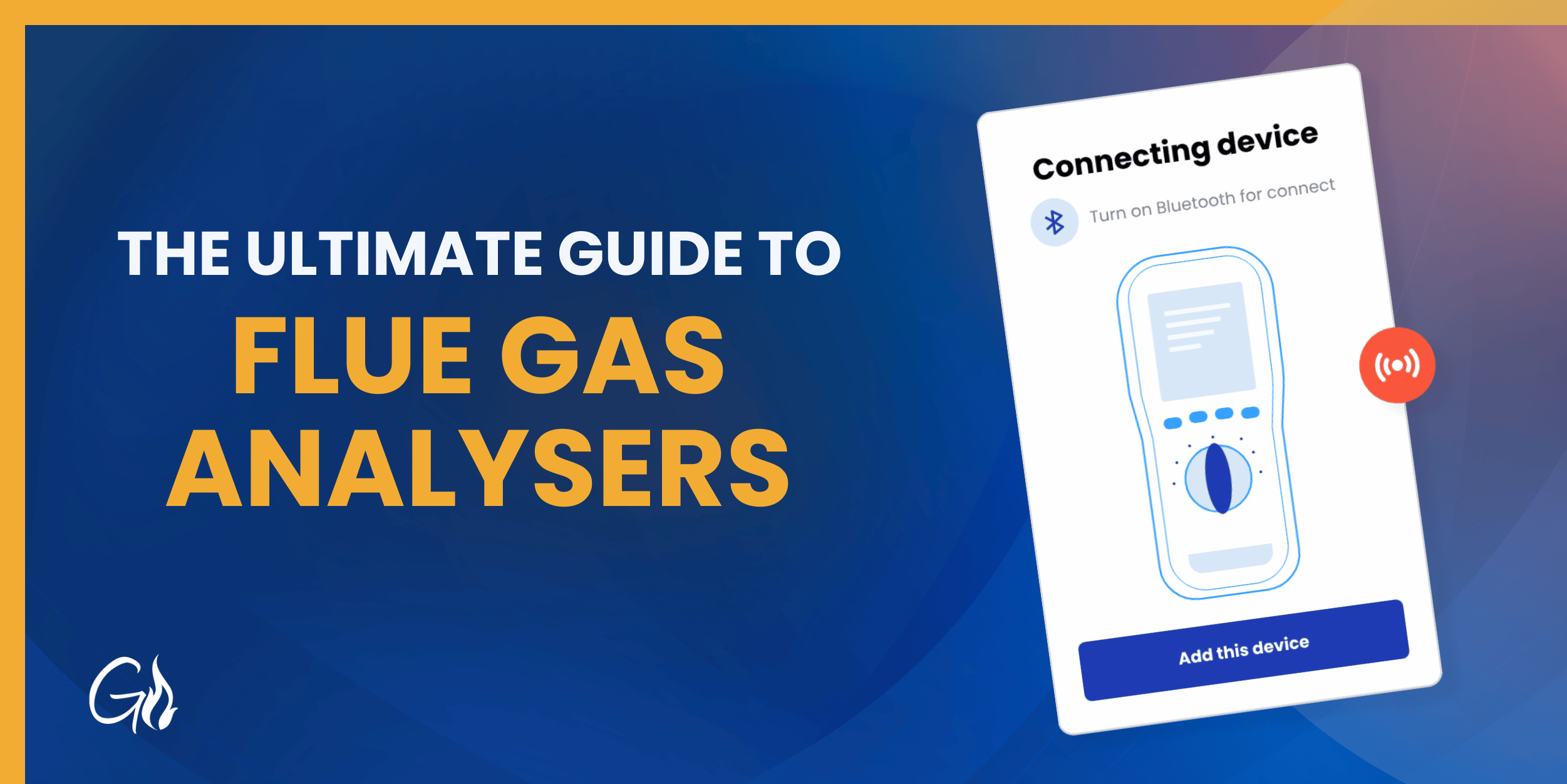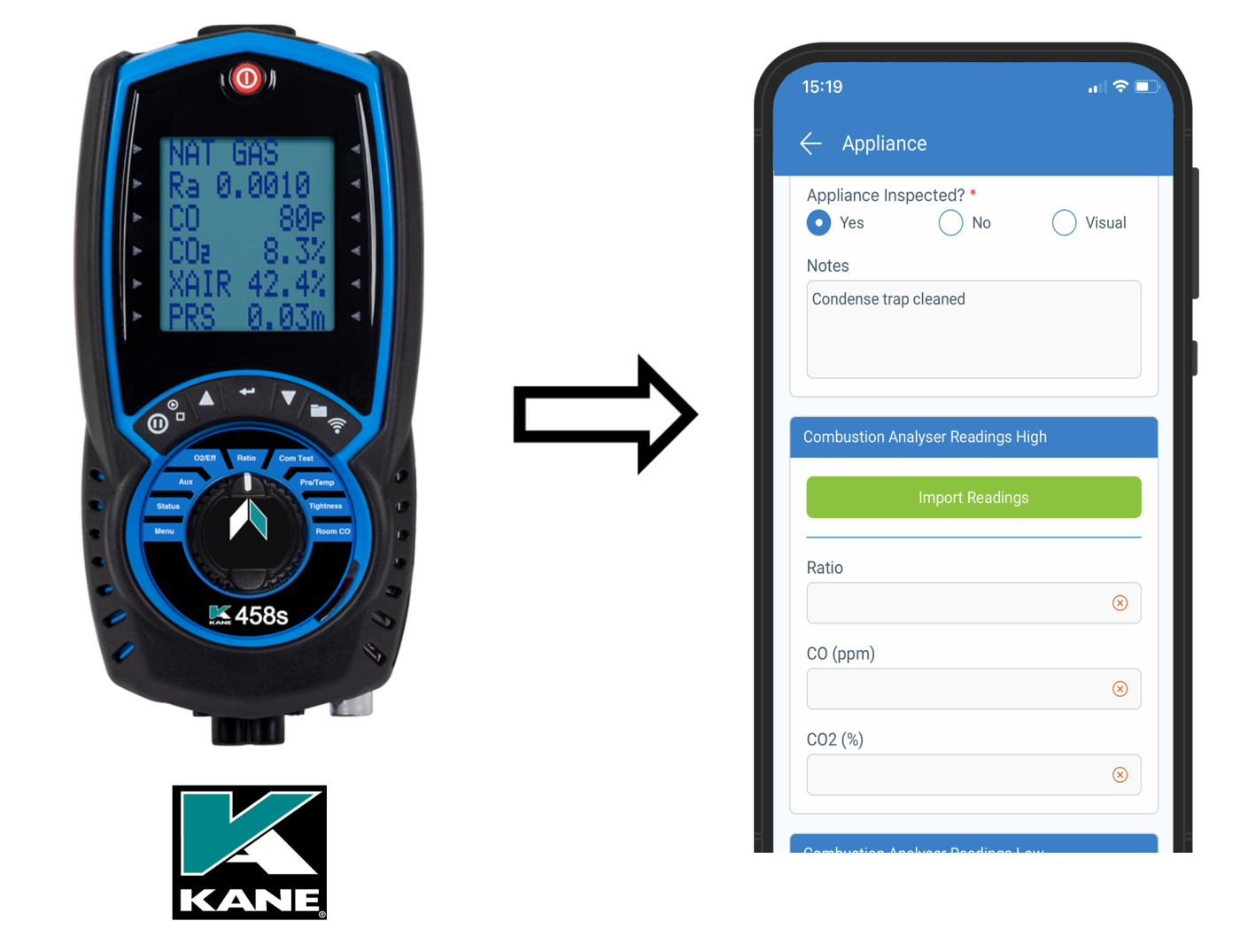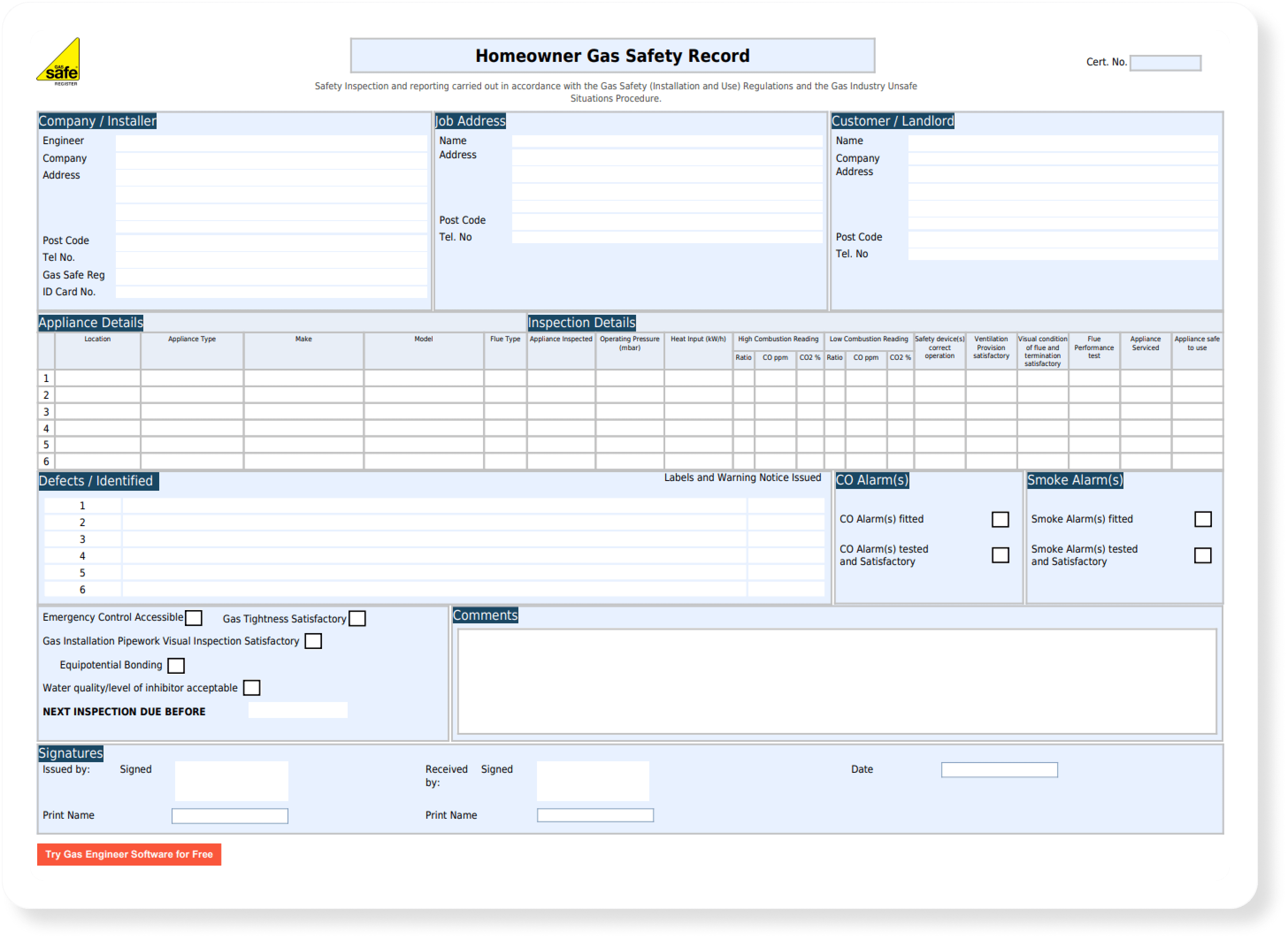What Are Flue Gas Analysers and How Do They Work? + Useful Tips

When it comes to modern boilers, you can’t just “look at the flame” to know if everything’s running safely. That’s where a flue gas analyser comes in.
These small but vital tools measure the mix of gases coming out of a boiler’s flue—things like oxygen, carbon monoxide, and carbon dioxide. The results tell you whether the appliance is burning fuel efficiently and, most importantly, operating safely.
For gas engineers, an analyser isn’t just another gadget—it’s essential kit. Accurate readings protect your customers, keep you compliant, and give you confidence that the boiler is performing as it should. In this guide, we’ll look at how flue gas analysers work, how to use them properly, and a few practical tips to get the most from yours.
Key takeaways:
-
Flue gas analysers are essential tools for checking boiler efficiency and, most importantly, safety.
-
They measure the mix of gases (like CO, CO₂, O₂) in the flue, helping you spot issues such as incomplete combustion or dangerous carbon monoxide levels.
-
Regular calibration is critical — most analysers won’t even work if they’re out of date, and any readings taken would be invalid.
-
Using software with your analyser saves time and avoids errors, automatically importing readings and calibration data into certificates.
-
Look after your analyser: don’t leave it in the van, keep it dry, and treat it as a precision instrument.
-
Run the appliance before testing and remove the probe if readings start spiking, to protect both the analyser and your results.
-
Plan calibration around downtime (like holidays) so you’re never left without your most important piece of kit.
How does a flue gas analyser work?
Flue gas analysers measure the combustion gases that exit a domestic or commercial boiler’s flue.
Flue gases may contain a mixture of carbon dioxide, carbon monoxide, oxygen, water vapour, nitrogen, and other pollutants. It’s important to measure combustion gases accurately with an analyser to ensure the appliance is operating properly and safely.
In old boilers with a visible combustion flame, gas engineers could determine operating health based on the colour and appearance of the flame. However, modern boilers require a flue gas analyser to understand what’s happening on the inside.
Readings outside safe or manufacturer-recommended figures can indicate that the boiler isn’t operating correctly. And, since some dangerous gases like carbon monoxide can’t be seen or smelled, flue gas analysers are paramount.
There are several analyser brands on the market and, while features vary between brands and models, measuring the mixture of gases is a feature shared by them all.
For example, some analysers can measure pressure differentials and boiler efficiency, use Bluetooth to connect to software, offer tightness testing, and more.
How to use a flue gas analyser
To get a reading from a flue gas analyser, insert the probe into the flue ensuring it is properly connected and sealed.
After this, the analyser will display the different levels of gases inside the flue.
For analysers with Bluetooth, you can directly import readings and a dated report to the certificate you’re filling out. Learn more about using your analyser with Gas Engineer Software here.
Using your analyser with software

The readings you get from your analyser are precise numbers. Copying them across by hand allows for the possibility of human error, but is also an extra step when filling out a certificate.
By contrast, connecting your analyser with Gas Engineer Software directly imports the readings into the certificate. At the same time, it’ll attach a report with each reading that contains an uneditable date, calibration info, and all the numbers.
The process is simple, with there being an “Import” button that directly pulls readings from your analyser into your certificate via Bluetooth.
Read our help article to find out how to connect your analyser to Gas Engineer Software.
– Dan Tempest, S T Plumbing And Heating
Calibrating your flue gas analyser
Any reading done on an analyser that is out of its calibration date is void. In fact, most analysers will shut down and become unusable when they need to be calibrated.
“I’ve seen people changing dates to get around having to get them calibrated. If you’re of a mindset where you’re wanting to manipulate calibration… it’s madness.”
– Dan Tempest, S T Plumbing And Heating
You’ll need to calibrate your flue gas analyser every year, regardless of whether it’s functioning well or not. The best place to check for more information is the manufacturer’s website.
Calibrating your analyser isn’t something you can do yourself, and will involve sending it off to the manufacturer.
What are the best flue gas analysers?
The best analyser isn’t necessarily the most expensive one — it’s the one that matches the type of work you do. A domestic engineer won’t need the same features as someone handling commercial catering or industrial jobs.
👉 For a full breakdown of which analyser suits domestic, commercial, COMCAT, CO incident, or industrial work — along with current price guides — check out our Flue Gas Analyser Buying Guide.
5 useful flue gas analyser tips:
1. Don’t leave your analyser in your van:
Analysers are precise instruments that need to be regularly calibrated. Unfortunately, this also makes them vulnerable to condensation build-up and temperature changes. The worst place you can leave your analyser overnight is in your van.
Tool theft is an ever-present problem in the trades, and analysers are likely one of your most valuable (and important) pieces of kit.
2. Take good care of your analyser, it’s more delicate than you think
Analysers might look like robust devices you can knock around, but they’ve been designed that way to keep them as safe as possible.
To avoid having to send your analyser in for repair or getting inaccurate readings from a faulty meter, it’s best to treat them carefully.
3. Don’t let your readings spike
– Dan Tempest, S T Plumbing And Heating
If you ever notice your analyser readings spiking, take it out of the flue immediately. This can cause damage to the analyser, usually because you’re pushing the analyser to its operating limits.
4. Run the appliance for a couple of minutes before doing an analysis
Before using your flue gas analyser, keep the appliance running for a few minutes. Allowing it to warm up will ensure the most accurate results possible.
5. Plan your calibration dates around your holidays
This one’s simple, but especially useful if you don’t have a spare analyser: send it off to be calibrated when you plan on going on holiday. You can often send it off via your merchants if you’re concerned about it arriving before you get back, simply picking it back up there.
Doing this will mean you always have your analyser when you need it.

